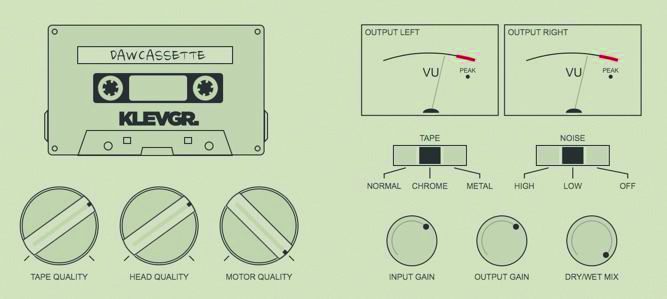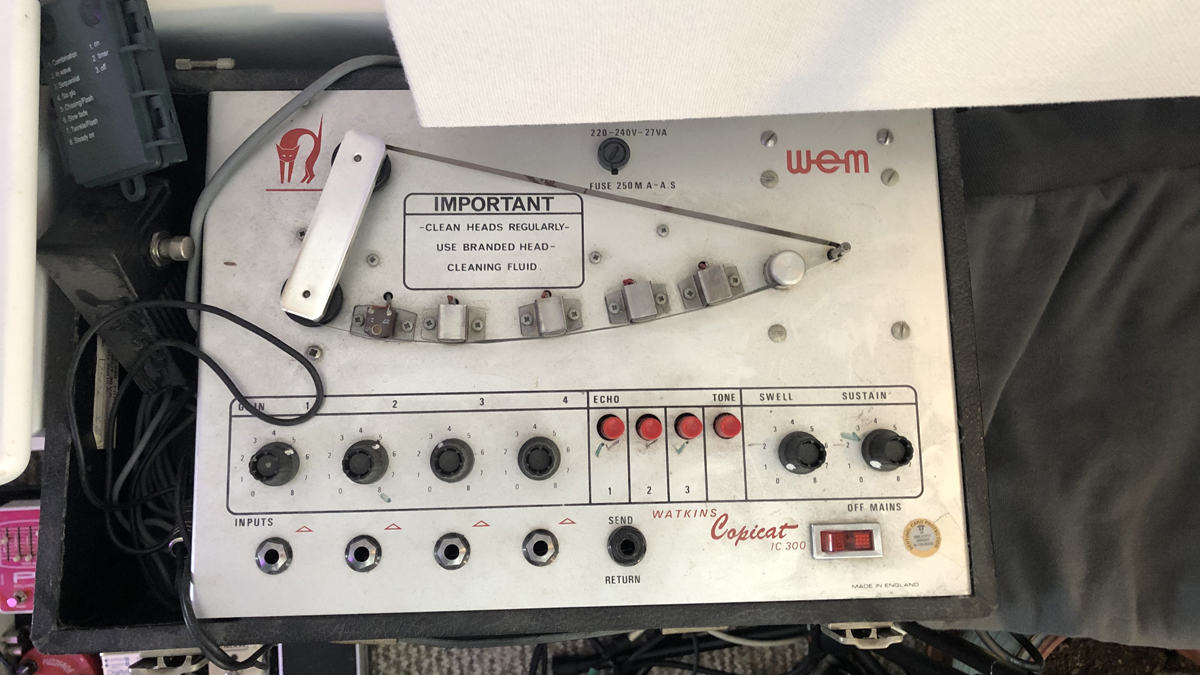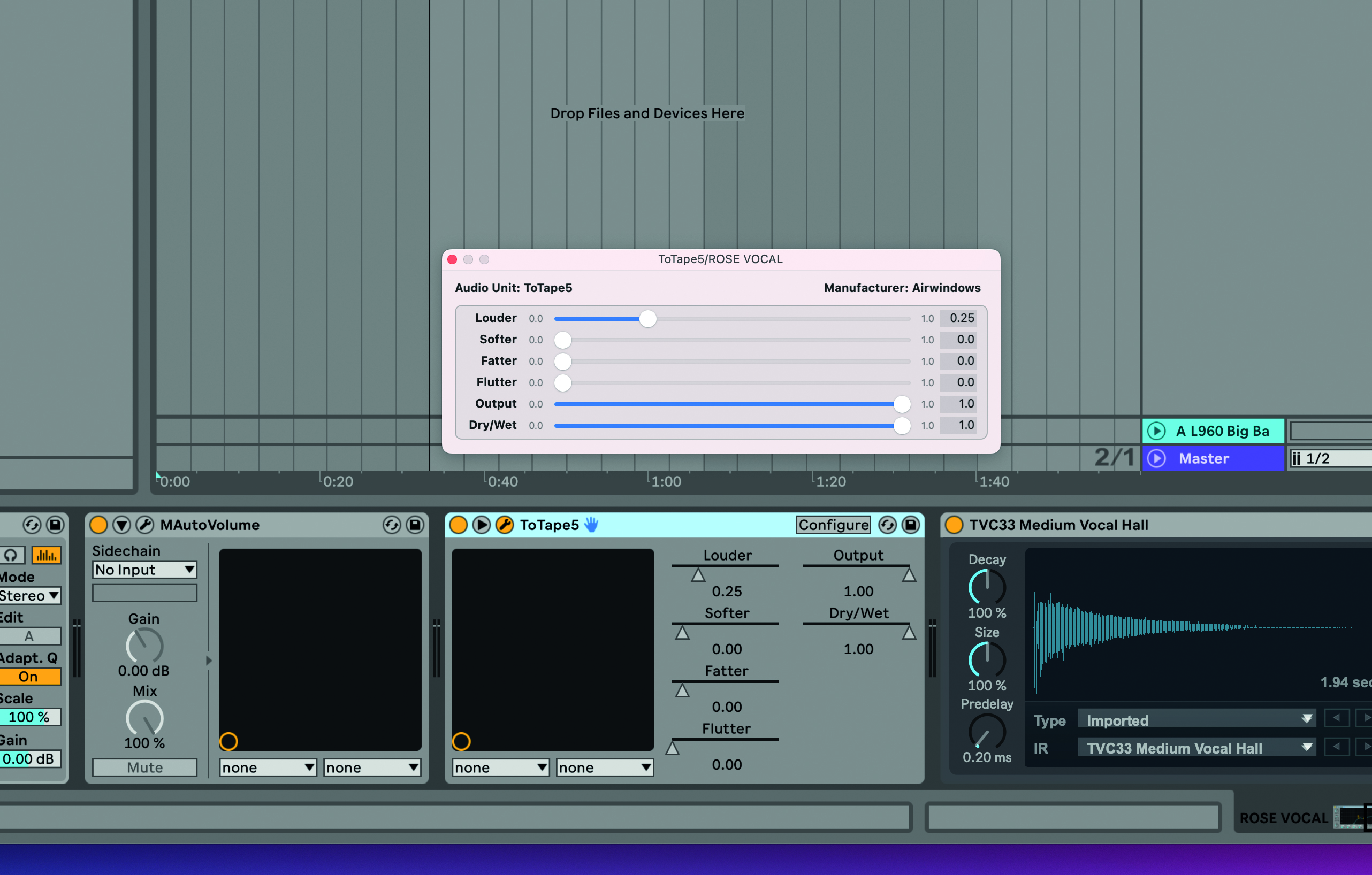6 ways to create '80s-style tape recording effects
Noise, wow, flutter and vintage warmth - it's all part of that '80s sound

Recording in the 1980s was all about tape... although more than one type of tape was involved.

Reel to reel was the pro choice for studio recording (with the finished products released on vinyl or cassette, although CD rose to prominence as the 90s approached), while the typical home recording setup was based on cassette multitrack recorders like the legendary Fostex X-15.
This was a 4-track machine which could record onto two tracks at once, and could be run from mains power, or batteries in a pinch. Limited EQ was offered per track – a bass knob and a treble knob!
Spartan though it was, the X-15 introduced multitrack recording to bedrooms and garages worldwide. More sophisticated machines followed, and the DIY recording revolution was in full effect, with all the tape noise and limited dynamic range that came with it.
Everybody was struggling to get better quality recordings then, but looking back, we like how the imperfections give a feeling of time and place. Digital purity is easy to get now, and that’s great, but it can feel very sterile. Human nature being what it is, the quest turned to making music sound dirty again!
1. Tape will eat itself

Cassettes – the noise, the sucky dynamic range, the sound of a tape munching itself – lovely. The fastest way to recreate these sounds is to use a dedicated plugin, and there are great ones out there, including Klevgrand DAW Cassette, Waves Factory Cassette, and the groovy-looking Sketch Cassette II.
2. Caelum Audio Tape Cassette 2

Caelum Audio’s Tape Cassette 2 is another fine example, more so because it’s free! It includes drive, low-pass filter, noise, wow, and flutter. Noise is something to be aware of with tape plugins, it can build up if used on too many tracks, so watch out for that.
Want all the hottest music and gear news, reviews, deals, features and more, direct to your inbox? Sign up here.
3. Reel-to-reel type plugins

An example processing chain might use reel-to-reel plugins first, to simulate the pro studio mix of the time, followed by a cassette plugin to represent the home listening experience. Popular tape simulation plugins include Waves J37, Kramer Tape, Slate Digital’s VTM, and IK Multimedia’s T-Racks.
4. Look inside your DAW

Your DAW of choice probably already includes some nifty tape juice. Ableton Live has a preset audio effects rack called Vintage Tape Channel which includes cassette and reel-to-reel tape types, and there’s also the free Crap Cassette Max For Live device from SES Devices.
5. Use some hardware

For the truly dedicated cassette head (see what we did?), the answer might be to obtain a real cassette machine and run your DAW tracks out through it, before capturing them back in. You could go individually to tracks in a multitrack recorder, or via a simple stereo machine.
6. Mix it up

For some situations, it might be best to view the tape sound as an extra texture in a mix, rather than taking over the whole thing. Apply the plugin to specific tracks or groups in your project, mixing with cleaner, modern, sounds. And don’t forget to release on cassette!
Computer Music magazine is the world’s best selling publication dedicated solely to making great music with your Mac or PC computer. Each issue it brings its lucky readers the best in cutting-edge tutorials, need-to-know, expert software reviews and even all the tools you actually need to make great music today, courtesy of our legendary CM Plugin Suite.
